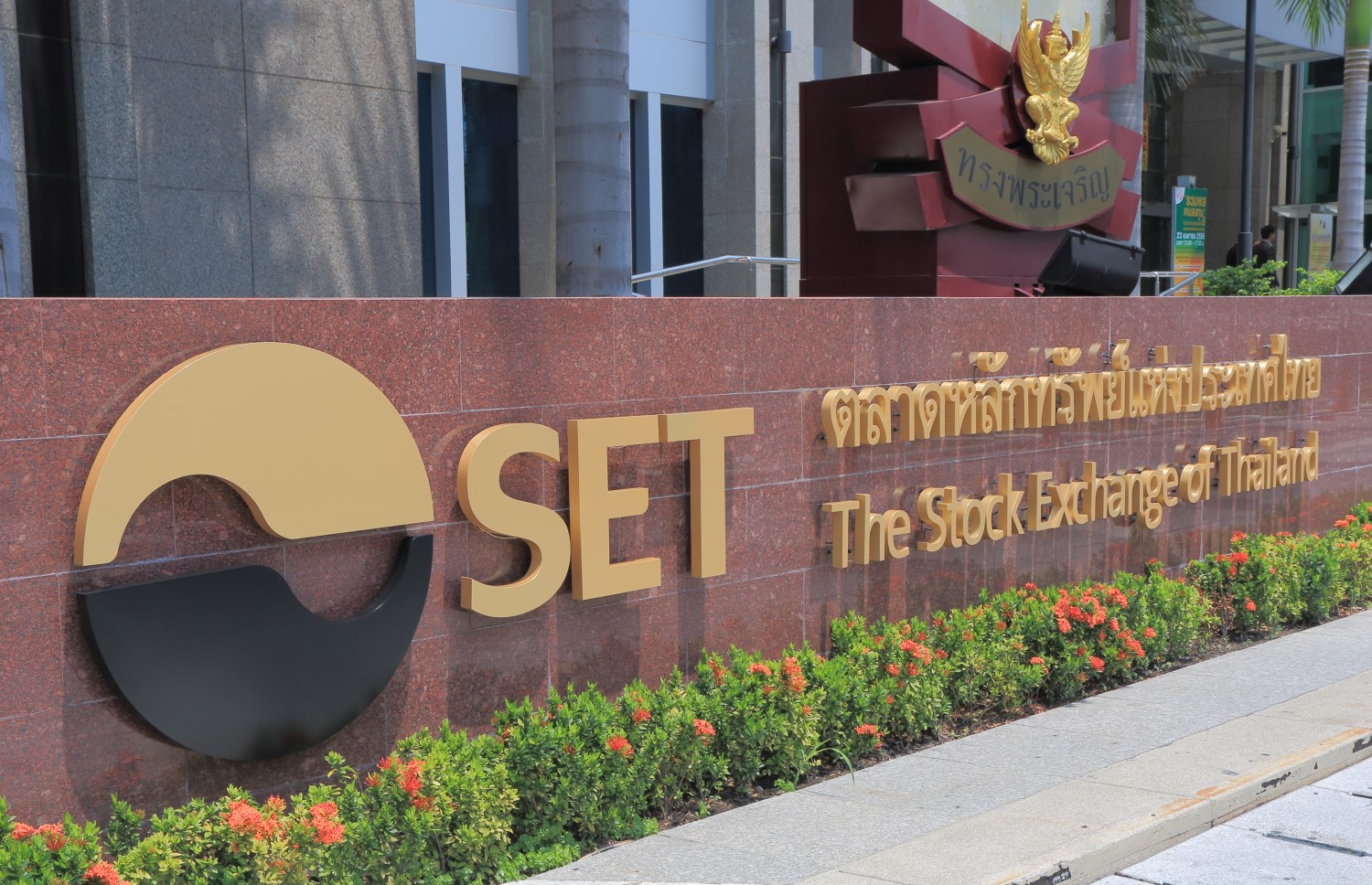NY Fed, Singapore Regulator Verify CBDC Interoperability, Payment Speeds in Latest Test
Central bank digital currency (CBDC) systems operating on different types of networks can be used for cross-border and cross-currency payments, a new report published by researchers with the New York Federal Reserve and Monetary Authority of Singapore (MAS) said on Thursday.
The report, part of the NY Fed’s New York Innovation Center and MAS’s ongoing joint Project Cedar/Project Ubin research efforts, found that the respective teams were able to conduct cross-border transactions across different distributed ledger (DLT) and hashed timelock contract (HTLC) technology stacks, with near real-time settlement finality.
A note in the report specified the research focused on studying technical issues, and it “does not reflect any decision to implement” CBDCs or the underlying tech stacks anywhere in particular.
The researchers looked at questions of interoperability, atomic settlement whether transactions could settle near real-time, a press release said. The teams used simulated CBDCs and hypothetical payments.
“Hashed timelock contracts, a form of smart contract, were used to successfully bridge ledgers with distinct underlying DLT systems and execute simulated cross-border, cross-currency payments,” the report said. “This demonstrated that interoperability could be established across ledgers with different technical designs.”
The researchers created eight different scenarios to test their interoperability hypotheses, the report said.
The atomic settlement tests found that all trades settled nearly 6.5 payments per second on average, with “a peak of 47 payments per second.”
These payments were end-to-end, and the researchers were able to reach an average payment latency of less than 30 seconds, the report said.
In a statement, the Head of the New York Fed’s Market Group, Michelle Neal, called cross-border payments “a major railway” for the global economy.
“Our research collaboration with the MAS reveals key opportunities for central bank innovation to play an important role in easing wholesale payment flows globally and improving settlement outcomes,” Neal said.
Similarly, MAS Deputy Managing Director Leong Sing Chiong said “the Cedar x Ubin+ experiment envisages a future digital currency landscape where central banks can enable interoperability of wholesale CBDCs to facilitate more efficient cross-border payment flows including for less liquid currencies, without requiring a common infrastructure” in a statement.









